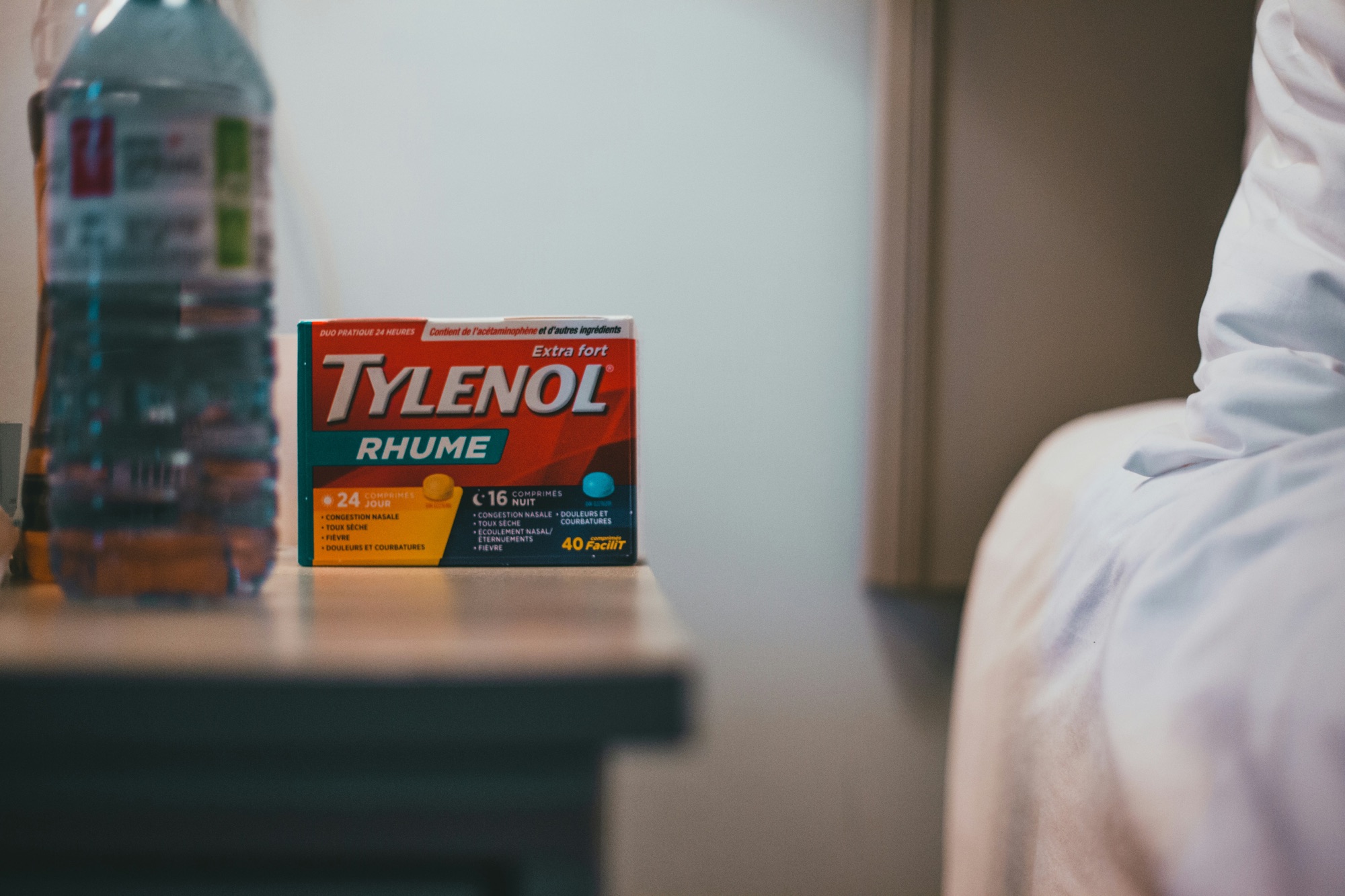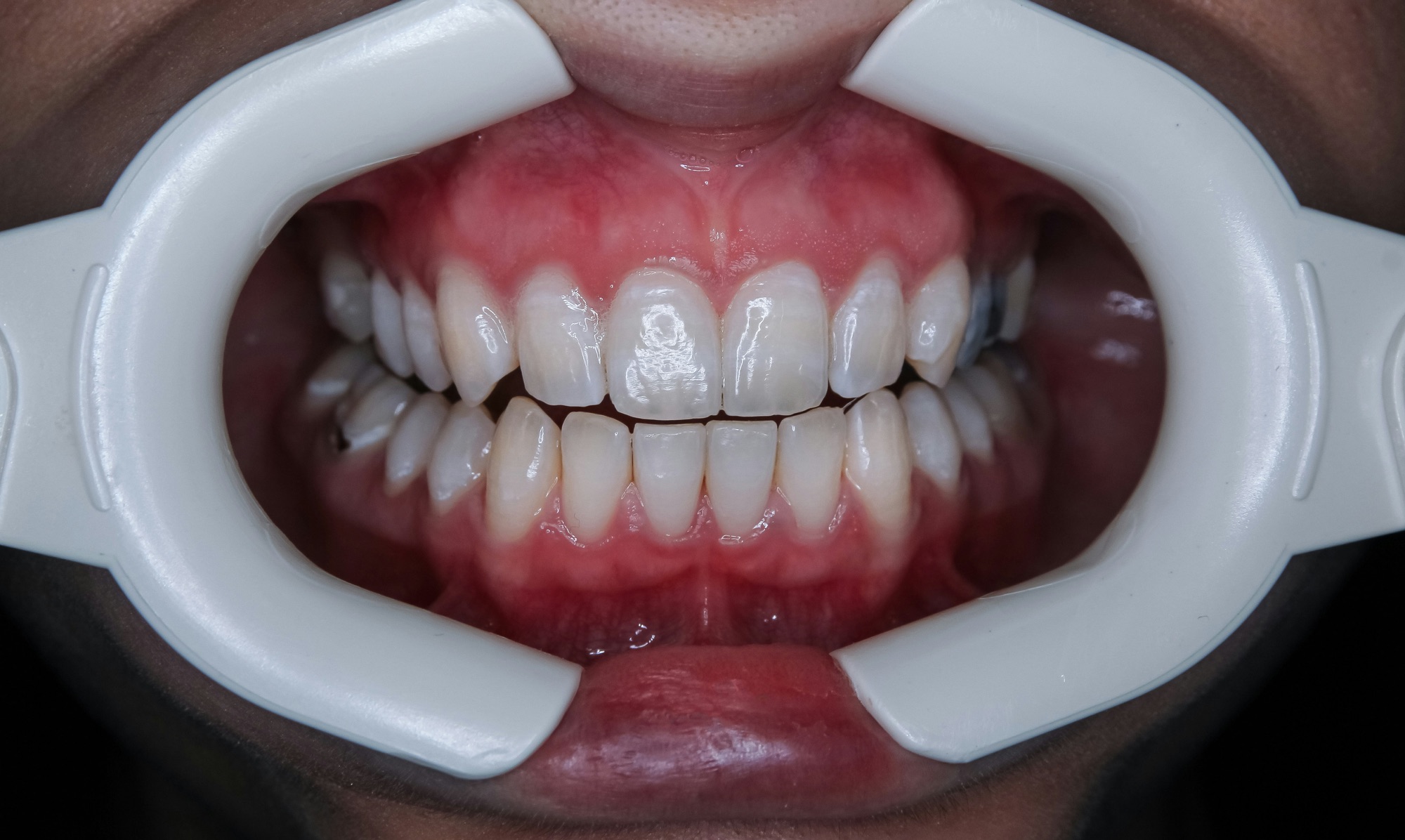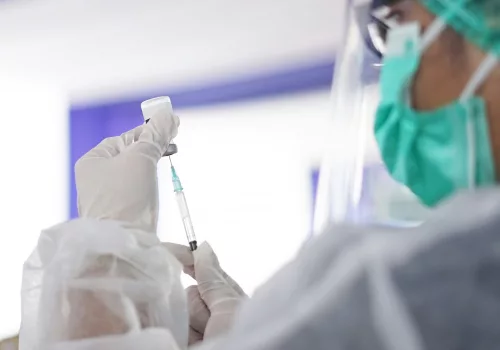Hair loss is a common concern that can affect individuals of all ages and genders. While genetic predisposition plays a significant role, early hair loss can often be mitigated or slowed down by adopting healthier lifestyle habits. Hair health is intricately linked to overall well-being, and maintaining a healthy scalp and strong hair follicles requires attention to both internal and external factors. Preventing early hair loss is not only about using the right products but also about making holistic changes to your daily routine to support hair growth and vitality.
In this detailed guide, we explore 10 effective lifestyle changes that can help you combat early hair loss. These strategies target the root causes of hair shedding and promote long-term scalp and hair health. By implementing these changes, you can take control of your hair health and reduce the risk of premature thinning.
1. Maintain a Balanced Diet
A balanced diet is essential for maintaining healthy hair and preventing early hair loss. Hair follicles are highly active and depend on a constant supply of nutrients to support their growth cycle. Deficiencies in key vitamins and minerals can weaken hair strands, making them prone to breakage and shedding. To nourish your hair from within, focus on incorporating a variety of nutrient-dense foods into your meals.
Protein is a cornerstone of hair health, as it forms the structural foundation of keratin, the protein that makes up each hair strand. Include lean meats, eggs, fish, legumes, and dairy products to ensure your hair has the building blocks it needs for growth and repair.
Iron is another crucial nutrient, as it facilitates oxygen delivery to hair follicles through the bloodstream. Foods like spinach, red meat, lentils, and fortified cereals are excellent sources of iron. Zinc, found in nuts, seeds, and shellfish, helps regulate oil production on the scalp and supports follicular health. Vitamins such as biotin (B7), vitamin E, and vitamin C further enhance hair strength and resilience, with biotin promoting keratin production, vitamin E acting as an antioxidant to combat oxidative stress, and vitamin C aiding in collagen synthesis.
Omega-3 fatty acids, found in fatty fish like salmon and plant-based sources like flaxseeds, nourish the scalp and reduce inflammation, which can disrupt hair growth. A well-rounded diet ensures your hair remains strong and healthy, minimizing the risk of premature hair loss.
2. Stay Hydrated
Hydration is vital for overall health, and it plays a significant role in maintaining a healthy scalp and hair. Dehydration can lead to a dry, flaky scalp and brittle hair that is more prone to breakage. Water is essential for the transportation of nutrients to the hair follicles and supports the body’s natural processes, including cell regeneration and toxin elimination. Without adequate hydration, your hair may become weak, lackluster, and more susceptible to shedding.
Aim to drink at least 8–10 glasses of water daily, though this amount may vary depending on factors like physical activity, climate, and individual health needs. Staying hydrated also involves eating water-rich foods such as cucumbers, watermelons, oranges, and leafy greens, which contribute to overall hydration levels. Additionally, limit your intake of dehydrating beverages like alcohol and caffeine, as these can counteract your hydration efforts and exacerbate scalp dryness. Maintaining proper hydration creates a favorable environment for hair follicles to function optimally, supporting healthy hair growth and reducing early hair loss.
3. Manage Stress Effectively
Stress is a major factor in early hair loss, often triggering conditions like telogen effluvium, where hair follicles prematurely enter the resting phase of their growth cycle. Chronic stress can also exacerbate genetic hair loss and contribute to inflammatory scalp conditions that disrupt healthy hair growth. Stress increases cortisol levels, which can shrink hair follicles and lead to hair thinning over time. Learning to manage stress effectively is essential for protecting your hair and overall health.
Incorporating stress management techniques into your daily routine can significantly improve your hair health. Meditation and mindfulness practices help calm the mind and reduce cortisol levels, while regular exercise releases endorphins, which counteract the negative effects of stress hormones. Yoga is particularly beneficial as it combines physical activity with relaxation, enhancing circulation and promoting overall well-being. Deep breathing exercises and engaging in hobbies you enjoy can also help lower stress levels and create a more balanced lifestyle. Reducing stress not only prevents hair loss but also enhances the quality of your sleep and energy levels, both of which are important for healthy hair growth.
4. Get Adequate Sleep
Sleep is one of the most important factors for maintaining healthy hair, as it allows the body to repair and regenerate damaged cells, including those in the scalp and hair follicles. Poor sleep quality can disrupt hormonal balance, increase stress levels, and hinder the production of growth hormones essential for hair follicle function. Over time, chronic sleep deprivation can weaken hair follicles and accelerate hair loss.
To improve your sleep quality, aim for 7–9 hours of uninterrupted sleep each night. Establish a regular sleep schedule by going to bed and waking up at the same time daily, even on weekends. Create a relaxing bedtime routine by avoiding screens and bright lights an hour before bed, as these can interfere with melatonin production. Keep your sleep environment dark, cool, and quiet, and consider using blackout curtains or a white noise machine if needed. Using a silk or satin pillowcase can also reduce friction on your hair while you sleep, preventing breakage and maintaining the integrity of your strands. By prioritizing restful sleep, you support the body’s natural processes for maintaining strong and healthy hair.
5. Avoid Harsh Hairstyles
Certain hairstyles can cause significant stress on the hair shaft and scalp, leading to a condition known as traction alopecia. This form of hair loss occurs when hair is pulled tightly over an extended period, damaging the follicles and weakening the hair roots. Common culprits include tight ponytails, braids, buns, cornrows, and hair extensions. Left unchecked, this tension can result in permanent follicular damage and thinning.
To protect your hair from mechanical damage, opt for loose hairstyles that minimize tension on the scalp. If you use hair ties, choose fabric-covered options or scrunchies that reduce friction and prevent breakage. Rotate your hairstyles regularly to avoid putting consistent pressure on the same areas of your scalp. If you must wear protective styles like braids or weaves, ensure they are not too tight, and take breaks between applications to allow your scalp to recover. Avoid wearing tight headgear, such as helmets or hats, for prolonged periods, as these can also contribute to traction and scalp irritation. Prioritizing scalp comfort and reducing tension in your hairstyles helps maintain healthy hair and prevent premature hair loss.
6. Limit Heat Styling
Heat styling tools, such as blow dryers, curling irons, and flat irons, are widely used to achieve various hairstyles, but frequent use can weaken hair strands and damage the scalp. High temperatures strip the hair of its natural moisture, making it brittle and more prone to breakage. Over time, excessive heat exposure can disrupt the hair growth cycle and contribute to thinning.
To minimize heat damage, use styling tools sparingly and always apply a heat protectant spray to shield your hair from direct heat exposure. Set your tools to the lowest effective temperature, and avoid prolonged contact with the hair shaft. Whenever possible, allow your hair to air-dry or towel-dry instead of using a blow dryer. Embrace natural hairstyles that require little to no heat styling, and consider using foam rollers or braiding techniques for curls instead of heated tools. By reducing heat exposure, you preserve the integrity of your hair strands and maintain a healthier scalp, significantly reducing the risk of early hair loss.
7. Practice Scalp Care
A healthy scalp is the foundation for strong and resilient hair. Neglecting scalp care can lead to issues like dandruff, clogged follicles, and poor blood circulation, all of which contribute to early hair loss. Regular maintenance of your scalp ensures that it remains clean, balanced, and capable of supporting optimal hair growth.
Incorporate a gentle, sulfate-free shampoo into your routine to cleanse the scalp without stripping away its natural oils. Avoid over-washing, as this can lead to dryness, but also ensure you wash your hair frequently enough to remove dirt, oil, and product buildup. Scalp massages are another effective practice for promoting circulation and stimulating hair follicles. Use your fingertips to gently massage your scalp in circular motions for 5–10 minutes daily, or incorporate nourishing oils like coconut, argan, or rosemary oil for added benefits. Regularly exfoliate your scalp with a mild scrub to remove dead skin cells and maintain a healthy environment for hair growth. Protect your scalp from sun damage by wearing a hat or applying sunscreen formulated for sensitive skin when spending extended time outdoors. Taking care of your scalp is an essential step in preventing early hair loss and ensuring long-term hair health.
8. Avoid Harsh Chemicals
Many hair care products on the market contain harsh chemicals that can harm your scalp and weaken your hair over time. Ingredients like sulfates, parabens, and alcohol can strip the scalp of its natural oils, disrupt its pH balance, and cause dryness or irritation. Prolonged use of these products may lead to thinning, breakage, and even scalp inflammation, increasing the risk of hair loss.
Switch to natural or organic hair care products that are free of harmful chemicals and enriched with nourishing ingredients like aloe vera, tea tree oil, and argan oil. These products soothe and hydrate the scalp while supporting healthy hair growth. Avoid frequent use of chemical treatments like hair dyes, relaxers, and perms, as these processes can weaken the hair shaft and damage the scalp. If you must use these treatments, ensure they are performed by a professional and space them out to give your hair time to recover. By eliminating harsh chemicals from your routine, you protect your scalp’s integrity and reduce the likelihood of premature hair loss.
9. Exercise Regularly
Physical activity benefits your hair as much as it does your overall health. Regular exercise improves blood circulation, ensuring that hair follicles receive a steady supply of oxygen and nutrients essential for growth. Exercise also helps regulate hormones and reduce stress, both of which are critical factors in preventing hair loss.
Incorporate at least 30 minutes of moderate exercise into your daily routine, whether it’s brisk walking, jogging, cycling, or swimming. Yoga and Pilates are excellent choices for combining physical activity with relaxation, as they improve circulation and reduce cortisol levels simultaneously. Strength training is another effective way to boost blood flow and overall fitness. By staying active, you create a healthier internal environment that supports hair growth and resilience, minimizing the risk of early hair loss.
10. Consult a Specialist
If you notice persistent hair loss despite adopting healthier lifestyle habits, consulting a dermatologist or trichologist can provide valuable insights and tailored solutions. Early intervention is key to addressing underlying causes of hair loss and preventing further progression. Specialists can evaluate your scalp health, identify conditions like androgenetic alopecia, and recommend targeted treatments to restore and maintain your hair.
Potential treatments include topical solutions like minoxidil, which stimulates hair growth, or oral medications such as finasteride, which slows hair loss in men. Platelet-rich plasma (PRP) therapy is another option, using your blood’s growth factors to rejuvenate hair follicles. Additionally, a specialist may recommend lifestyle adjustments or prescribe medicated shampoos to address scalp conditions. Seeking professional advice ensures that you take the right steps for your unique needs, preserving your hair and preventing unnecessary loss.
Conclusion
Preventing early hair loss requires a proactive approach that combines healthy lifestyle choices with consistent hair and scalp care. By maintaining a balanced diet, staying hydrated, managing stress, and avoiding damaging habits like harsh hairstyles and heat styling, you can protect your hair and support its natural growth cycle. Regular exercise, quality sleep, and professional guidance further enhance your ability to maintain strong, healthy hair for years to come.
Adopting these 10 lifestyle changes not only reduces the risk of premature hair loss but also improves your overall well-being, creating a foundation for long-term hair health and confidence. By taking action today, you can preserve the vitality of your hair and enjoy the benefits of a full, vibrant mane.






